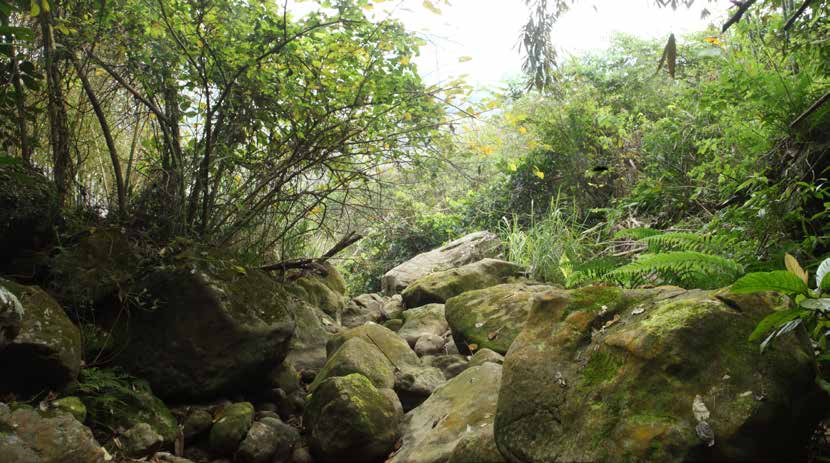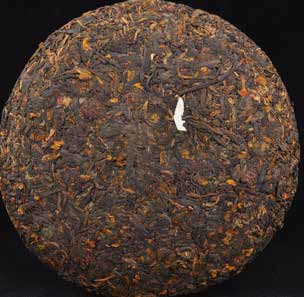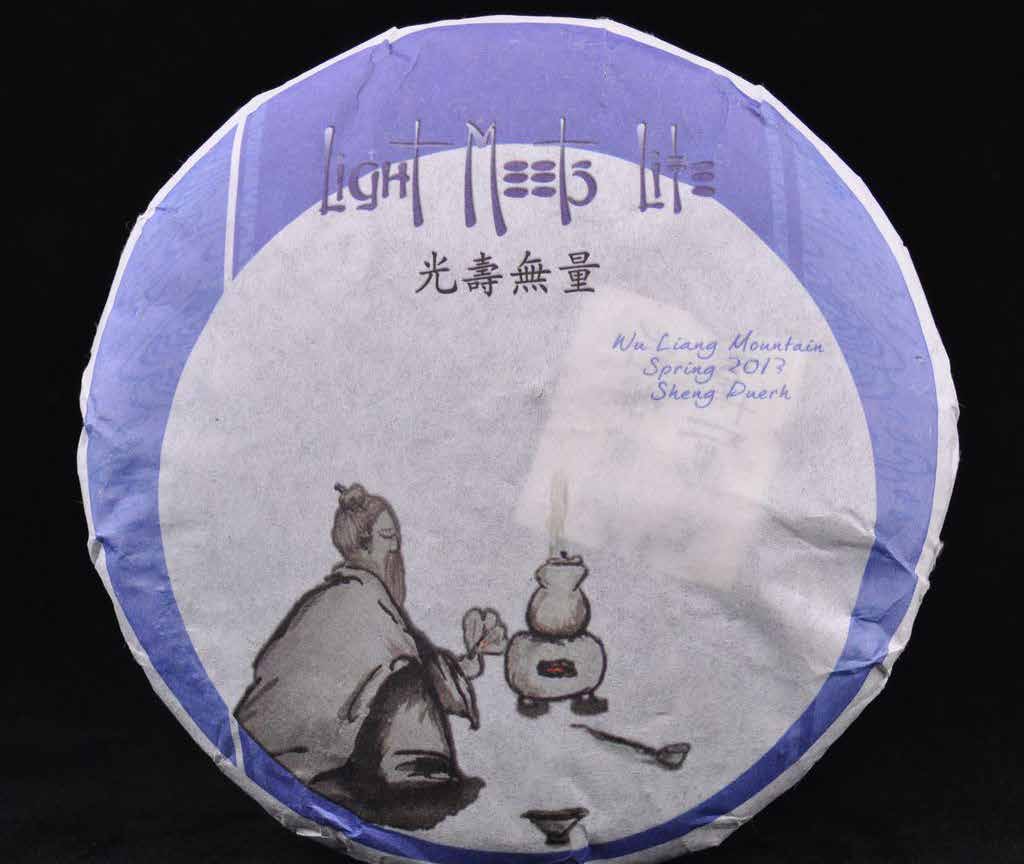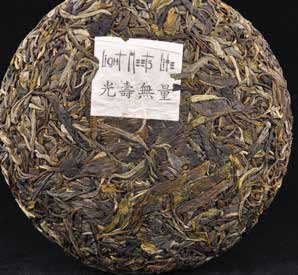
 |
|
This year we have started what will become an annual Puerh pressing! We decided to press our own Light Meets Life cakes once a year to help build and then maintain our new center. The cakes will not be sold, but rather offered at cost with the option of adding a suggested donation to the price. These funds will help us get started building the greatest tea center ever!

This process is important to us for more than just fundraising: It is important that our financial proposal for potential donors demonstrates that we are able to maintain the center once it is built. (Of course, actually maintaining the center financially is equally important once we reach that stage.) Potential donors want to know that they won't have to donate more once Light Meets Life is built - that we will be self-sufficient. Having an annual "Puerh Drive" will not only provide us with an additional source of funds, but also with evident figures that we can show prospective donors regarding our income.
We have done some meditations to connect to the spirit of these old trees in Yunnan - the source of all Cha Dao and one of the Four Pillars of our tradition. The trees are in alignment with a center that will help educate people about plant medicine, respect for Mother Earth and harmony between humans and other life forms. Their energy will consequently also be a part of Light Meets Life, as they give their leaves to encourage us.
Should any of you wish to contribute or have any ideas for ways to help us realize this vibrant dream, please contact us. You can donate at the Center page of our GTH website or send a check to:
Global Tea Hut West 2441 Beverley Ave. #6 Santa Monica, CA 90405 United States
Or contact us for other ways to support.
The following pages contain a short description of each of the cakes, all of which will be available in Los Angeles for Wu De's trip in August or at the Tea Sage Hut, should any of you come to visit. Each of them is decorated with an important tea saint, painted by Wu De:
Shen Nong means "Divine Farmer" in Chinese. He is the legendary emperor who ruled China for a thousand years, teaching the people to farm, boil water and the use of medicinal herbs - bringing them civilization. He most likely represents the collective wisdom of all the tribal chiefs and shamans of pre-civilized China. They say he discovered tea while meditating in the forest. A single leaf fell into his boiling pot of water, and he exclaimed: "This is the ruler of all medicinal herbs!"


The first cake is a 2007 organic Lin Cang Shou Puerh blended with Kun Lun snow chrysanthemums. It is very rare to find a shou Puerh that is organic and has some old-growth raw material, especially since the price of such old tree tea has gone up recently. In 2007, however, it was still possible. The five years have also helped to mellow out the tea, adding depth. Snow Chrysanthemum tea is a rare and highly sought-after high altitude flower tea from Kunlun Mountain, Gansu Province, China. The flowers are picked and sun-dried once a year (late summer), then hand-sorted into various grades. This is the highest grade available, and it brews a lovely liquor with a strong sweet and spicy flavor. It is thought that properties within the chrysanthemum flower have a calming effect that aids sleep. In the Traditional Chinese Materia Medica, Snow Chrysanthemum is said to restore respiratory fitness, regulate blood pressure and prevent cancer.
Lu Yu wrote the oldest known book on tea, called simply "The Classics of Tea". In it he extolled the virtues of tea, discussed water and fire, processing and preparation methods and a deep and spiritual love of tea. One of the most poignant aspects of the book was when he declared that tea was the only time of day that he could rest assured that at that very moment he was sharing the same activity with the august emperor himself - ultimately, expressing the equality inherent in a life of tea. The tea space is one where we leave behind the dust of the ego: our names, our jobs, our social or economic status, our gender - none of it matters in a space of one heart!


This cake is a 2013 Wu Liang. The Wu Liang Mountains peak out at about 3300 meters, making them the tallest mountains in Simao prefecture. The Wu Liang mountain range is in the county of Jing Dong, which borders both Lin Cang and Da Li prefectures. This tea is grown in the area of Wu Liang known as Zhong Cang village at an altitude of 2300 meters. The trees are around 200 years old. These tea gardens are remote and pristine, untouched by any of the environmental problems that other parts of Yunnan face.
Even when young this tea is full in the mouth giving the drinker a persistent warmth and lubricated mouth feel. It's never harsh and never drops off suddenly, thus revealing the healthy characteristics of the trees and environment from which it came. This tea will develop gracefully through years building its character and providing the drinker with ever more complex textures as it ages.
This tea was compressed with traditional stone presses in a small tea factory near Kunming. The tea was also sun-dried according to ancient ways.
Baisao was an eighteenth century tea sage whose bright spirit illuminates our tradition in more than name alone. A Zen monk for most of his life, at the age of forty-nine he traded in his robes for what was paradoxically the more Zen-infused life of a roadside peddler of tea. His bowls were steeped in the ancient and priceless Spirit of Tea, unclouded by money, theory, ritual or even mind itself - a spirit from before the first fingers plucked the first leaves. And those who came by his wayside hut just might have passed by the old man so strangely donning the crane robes of an ancient Taoist hermit, but for the way the spirit twinkled invitingly in his eyes or the softness of his hands as he poured his tea into worn and cracked bowls... And after such a bowl, the passerby left changed somehow, though perhaps not able to grasp the importance of what exactly had shifted their perspective. Commenting on the famous poem by the tea saint Lu Tong called "Seven Bowls" in which Lu Tong describes the higher and higher reaches of each successive bowl of fine tea, Baisao cheekily declared that "Old Lu Tong needed seven bowls to get there, but you'll only need the one of mine..."


The last cake is an Ai Lao. These mountains rise to about 3200 meters, making them second only to Wu Liang Shan as the highest mountains in Simao prefecture. The Ai Lao mountain range is in the county of Jing Dong, which borders Chu Xiong prefecture. This tea is grown in the area of Ai Lao known as Wang Jia village at an altitude of 2200 meters, making this some of the highest altitude Puerh in existence. The trees are healthy 200-year-old trees growing naturally on steep hillsides and ridges. These tea gardens are arguably some of the remotest tea gardens in all of Yunnan. Lack of roads and access has kept the environment of this area in good condition.
The tea itself is filled with hints of an orchid aroma, and a strong mouth-feel. Honey and grass essences are also present in this thick, soupy tea. This tea (in its young age) is subtler than the Wu Liang Lan Xiang cake, with less bitterness and a stronger aroma. The leaves are fatter and burlier than our Wu Liang tea. It features lots of hairy buds that make it somewhat resemble its close neighbors, Jing Gu Mountain teas.
Like the Wu Liang, this tea was also compressed with traditional stone presses in a small tea factory near Kunming. The tea was also sun-dried according to ancient ways.